Culture in Mining: How do you instigate a step change?
Recent events have firmly placed culture at the forefront of the Mining industry’s agenda, as executives are faced with the stark reality that culture issues are broader and more systemic than they assumed.
The value of achieving a desired culture is widely acknowledged. Not only can you manage down-side risk, but companies can create a competitive advantage through increased talent attraction and retention rates, higher performance, lower cost of business and the ability to pivot the organisation at speed as the external environment changes.
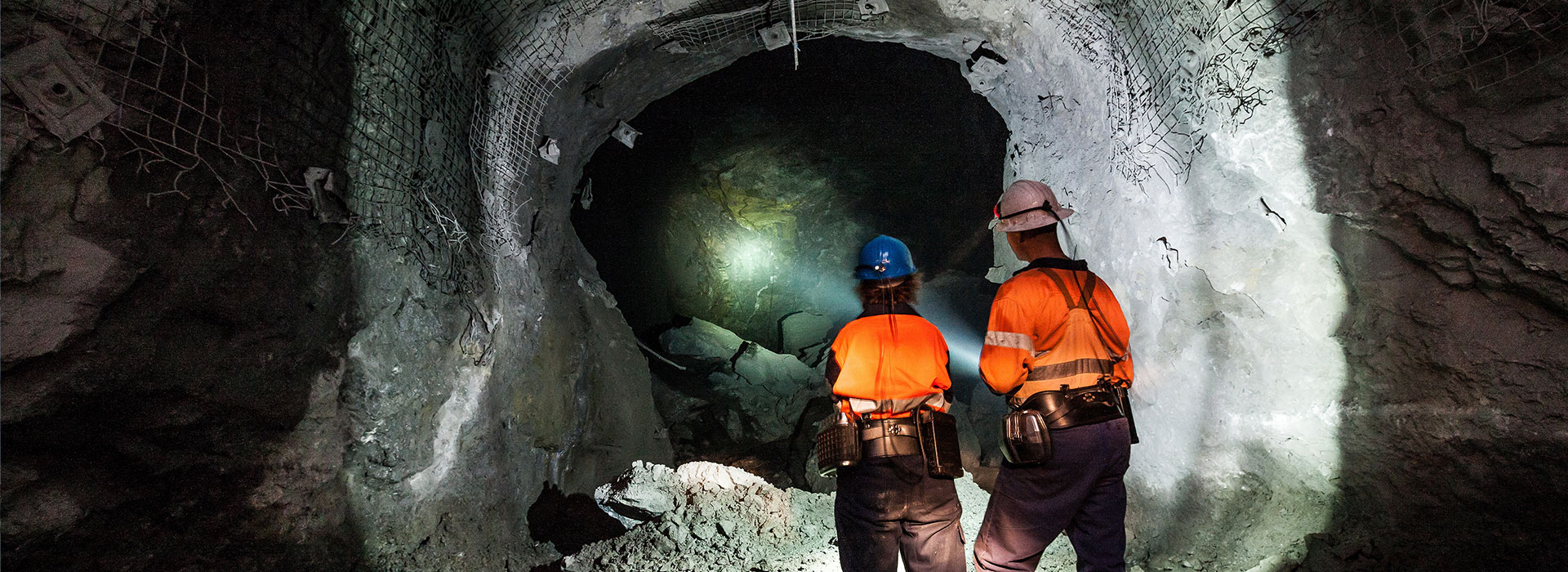
“The questions we are asked by our clients therefore do not relate to the value of Culture, but instead are more pragmatic and action-orientated: what is Culture? What drives it? How do I tackle it?”
The challenge is that you can’t change culture sustainably by purely focusing on behaviours. Whilst you may be able to drive short-term changes, eventually, the same old behaviours will return. This is because behaviours are the outcome of an underlying mindset. Without changing the mindset, you can’t – sustainably – change the behaviour.
A mindset is a set of beliefs that shape how you think, feel, and behave in any given situation. Have you ever wondered why some people see a glass filled to the mid-point as half empty whilst others see it as half full? It’s because of an individual’s mindset.
In this article, we introduce initial steps mining companies can take on their culture journey, based on a simple process:
- Self-reflect
- Set your culture goals and objectives
- Assess current state and identify the actions needed to bridge the gap
- Ensure all levels of leadership are engaged to drive change as a strategic priority
A subsequent article will discuss how to implement and embed that change for the long-term.
It starts with self-reflection
Whether or not you think your organisation has a culture problem, double check your assumptions, and identify your true state.
As a litmus test, start by examining your own executive management team. CEOs of the top ten largest miners with operations in Australia average 11.7 years’ tenure with their company, only one is a woman, and only two have had any significant experience outside of mining. If culture comes from the top, these statistics could point to self-perpetuating working environments.
You could also reflect on the following topics:
- Do we have a diverse and inclusive team where it is safe to respectfully challenge each other – or do we all have similar profiles?
- Have we defined what makes a good Leader? How well do we role-model these characteristics within our own teams?
- Are the company’s values alive in our organisation? How is that demonstrated practically? During your management meetings, what’s the amount of time spent discussing commercial risk vs. risk to our culture and values?
Leadership teams brave enough to self-reflect now, will be able to assess current state and put remedial actions in place, objectively. The same way the mining industry addressed Safety issues, it can address culture challenges now. Culture “just” needs to be tackled with the same diligence, by refusing to compromise and putting it front of mind.
| What is Culture? Organisational culture is the aggregation of individual behaviours within a company. It is observed in the way an organisation’s people interact with each other and the decisions they make. It reflects the company’s values and enables its purpose. |
Set your culture goals and objectives
Before you can make moves to improve your company culture, map out what your ideal culture looks like. Do you imagine a hierarchical or flat management structure? Do you want to encourage individuals to connect across teams? Should the same culture exist across all your assets, or will you allow some local variation? Which diversity and inclusion levers will be put in place? Will psychological safety be as important as physical safety across your operations?
If necessary, update your core values so they support your new company culture. Consider your company’s long-term goals. If decarbonisation is a key priority, identify the values that will foster this ambition. Teamwork, environmental stewardship, innovation, could all be worth considering for example.
"Organisations should know they can and should define the culture they aspire to. Our clients are sometimes surprised when we tell them they need to be directive in this respect."
Assess current state and identify the actions needed to bridge the gap
Assessing your company’s current state and planning for change will take place across multiple fronts, through company-wide and individual-orientated initiatives. As mining organisations are multi-sites, ensure all aspects of your business, from head office to exploration, production, supporting infrastructure, including in your furthest away locations, are included in your action plan.
Some approaches are listed below; other options exist.
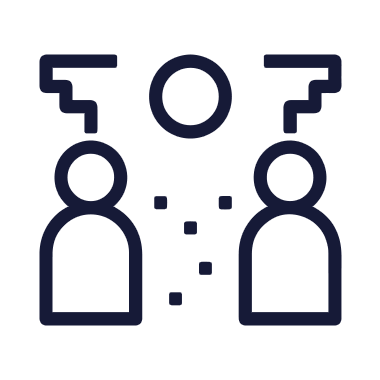
Start by approaching those who live and breathe your culture day in, day-out:
Get an accurate picture of your culture by asking your employees for feedback. Be open to hearing hard truths and hopefully identify pockets of excellence. Whilst we all hear about “survey fatigue”, it would be a mistake to dismiss this method of data collection too quickly. Detailed, structured interviews that capture a slice of all stakeholder groups will be useful. External expert assistance will facilitate a meaningful, open programme, but interview guides should be developed in conjunction with key people in your organisation. It can be beneficial to follow up with targeted focus group discussion to probe specific points. This overall process will provide you with a true reflection of your prevalent culture, identify strengths and weaknesses, and any lack of alignment with the culture you want to attain. It paves the way for a remedial action plan.
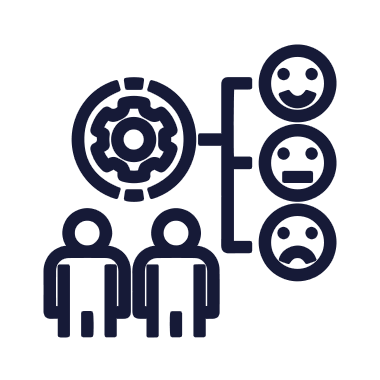
Set up individual feedback loops:
Leaders can ask for feedback on their individual leadership, with particular focus on how they could encourage more diverse views. Establish a mix of collection methods to confront the status quo and seek input from varied segments of the organisation. Be ready to hear some uncomfortable statements, with the understanding they reflect some of your employees’ perception of you. Be pleasantly surprised to hear some positive comments on actions you might not have realised actually matter.
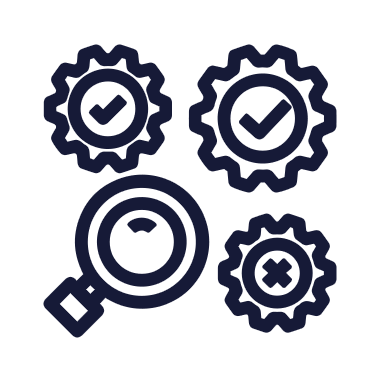
Do an unconscious bias test:
you may be startled by what you learn about yourself. The Harvard University’ online test as part of its Project Implicit global research project is a good starting tool.
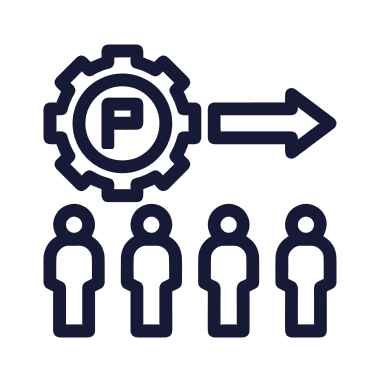
Hire for culture alignment, not just technical skills:
Take the time to think through the ideal profile of your recruits and broaden your recruitment remit beyond technical skills. Look for candidates who already have demonstrated their alignment with the values you want to see prevalent in your organisation. Identify soft skills that might be lacking in the current team and include them in the recruitment specification and as part of the interview run sheet.

Formalise initial learnings, prioritise and initiate change:
Make sure to aggregate learnings from the multiple data sources described above. It is likely you will be able to identify some immediate improvement opportunities. Act on them. Be visible in showing your teams you’re pursuing an alternative way. In parallel, develop a plan to implement transformational change.
Ensure all levels of leadership are engaged to drive change as a strategic priority
Top leadership will need to give clear signals to their organisation that a shift in culture is a strategic priority. Role modelling, setting change programmes, and integrating culture metrics in the company’s performance systems are must-haves.
Individually, it is essential that all Leaders undertake this process with an open frame of mind, ready to embrace a challenge to the status quo and to confront conscious and unconscious bias
These actions will go a long way towards indicating that a concrete shift in under way.
Meaningful, organisation-wide change will only stem from top Leadership intervention. It’s time to prioritise.
The second article in this series is now available: Mining Companies - How to Transform your Culture